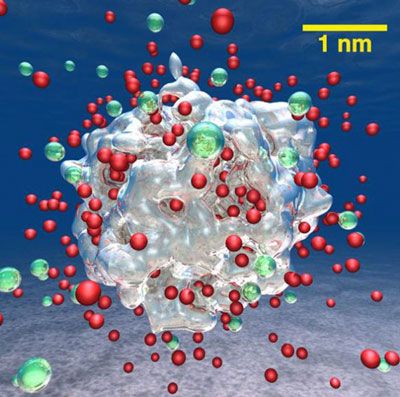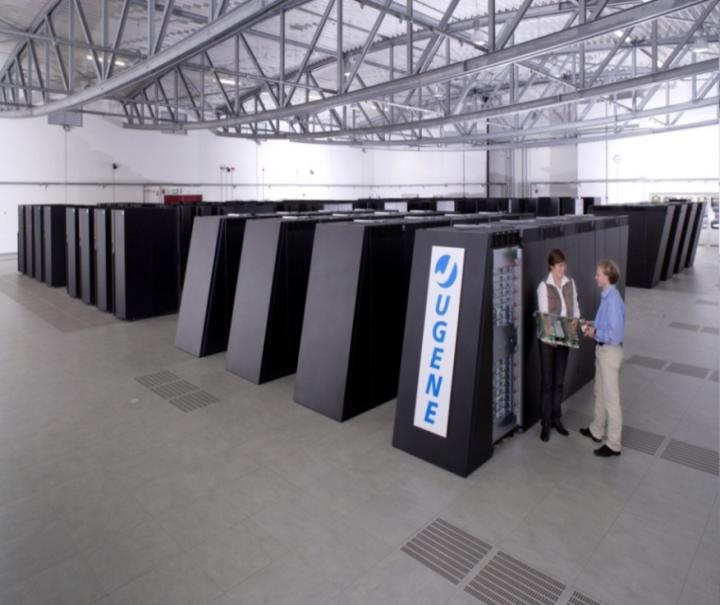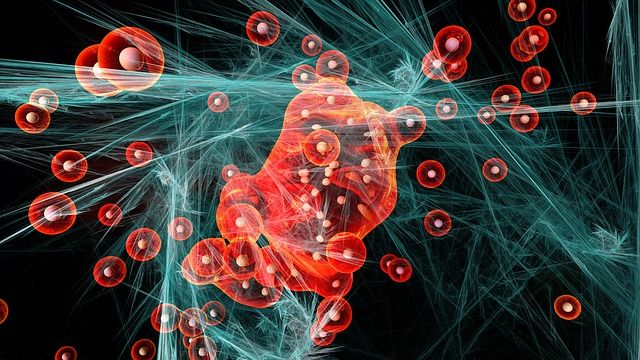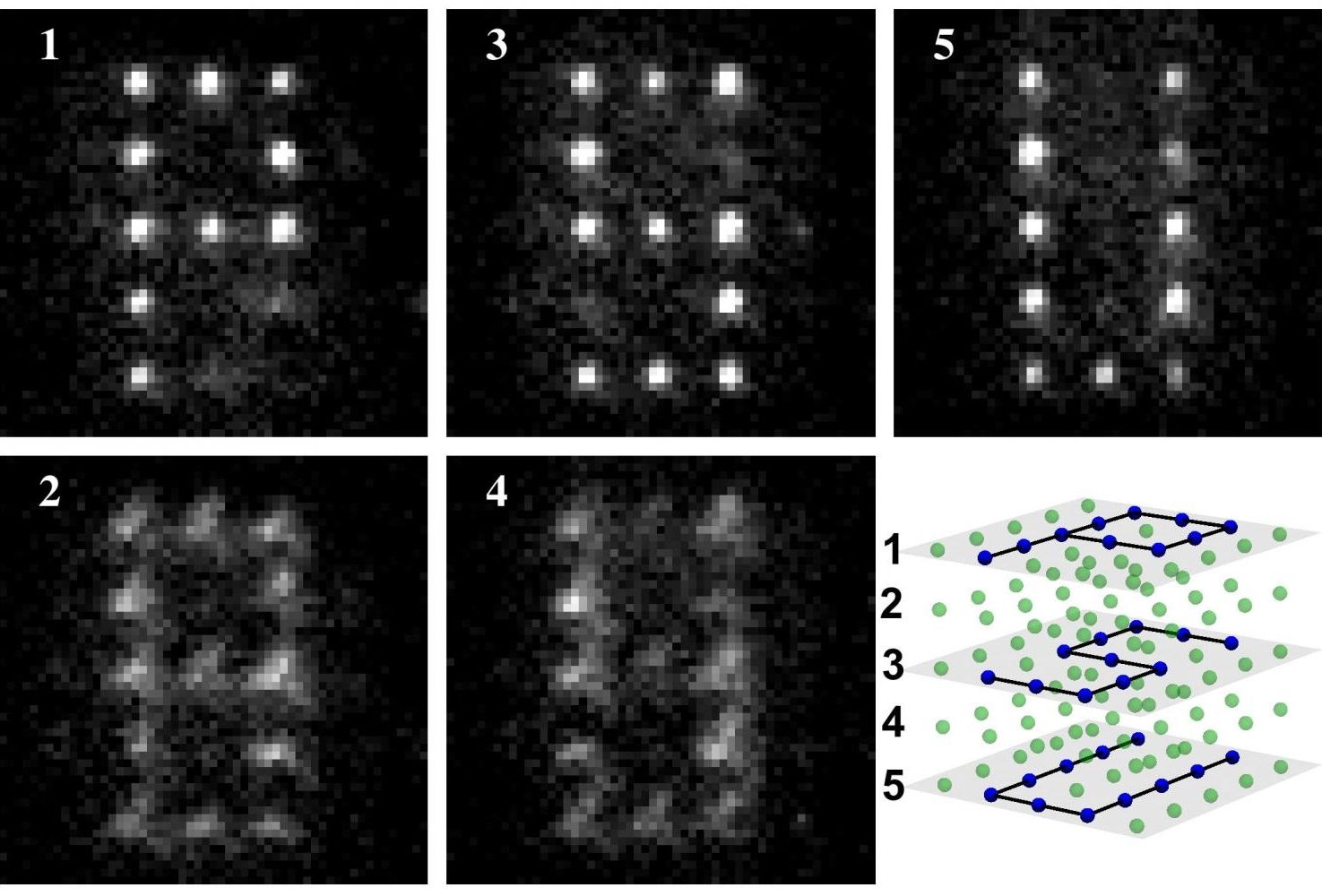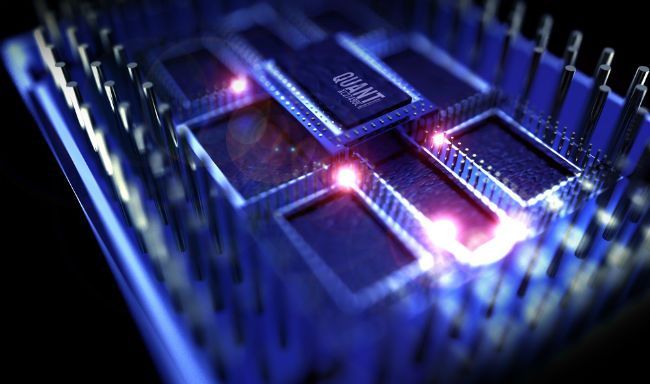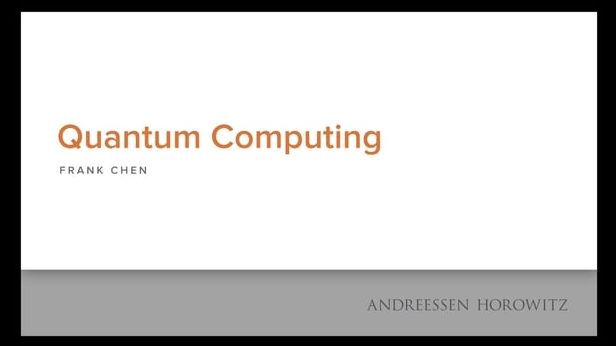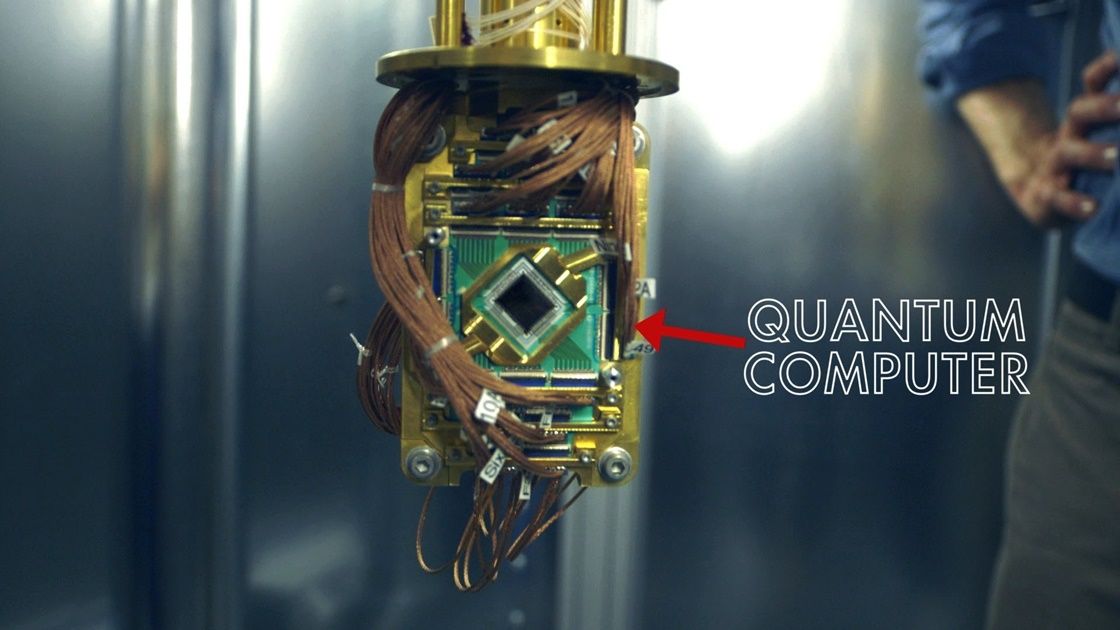This video is worthless. I hear a person who is out of touch with the QC work and isn’t even aware all of the work going on. Frankly, QC is being worked on by big tech (Amazon, Google, Microsoft, D-Wave, IBM), governmental labs and incubators, limited set of start ups who are also (in many cases tied to big tech), and university research labs. Therefore, I don’t really find this soapbox video that informative as well as not in touch with where QC is today. It appears to me that this guy has sour grapes over not being engaged.
At least if you’re going to get on a soapbox and try to talk about QC like you’re somehow an expert or informed; at least make sure you know what has been shown, reported, and in development currently that has been publically announced so that you don’t look like you’re an un-informed consultant doing a superficial presentation and didn’t even bother doing the due diligence 1st. Otherwise, you just discredited your VC/ firm to the public and to those working on QC.
watch time: 28 minutes
One of the key insights that legendary physicist and Nobel Prize laureate Richard Feynman had was that quantum mechanics (the branch of physics that deals with subatomic particles, uncertainty principle, and many other concepts beyond classic physics) is just way too complicated to simulate using traditional computers.
Nature, of course, can handle these complex calculations — computers however can’t do those same calculations (or would take a prohibitively long time and amount of resources to do so). But this isn’t just about being able to do more with computers in a faster (or smaller) way: It’s about solving problems that we couldn’t solve with traditional computers; it’s about a difference of kind not just degree.
Read more


